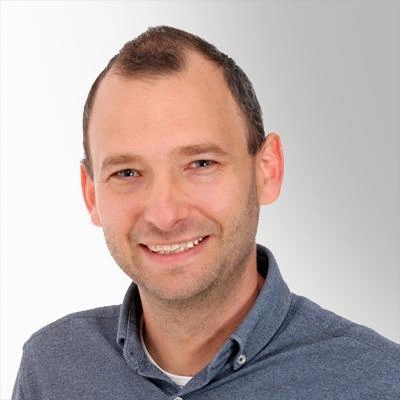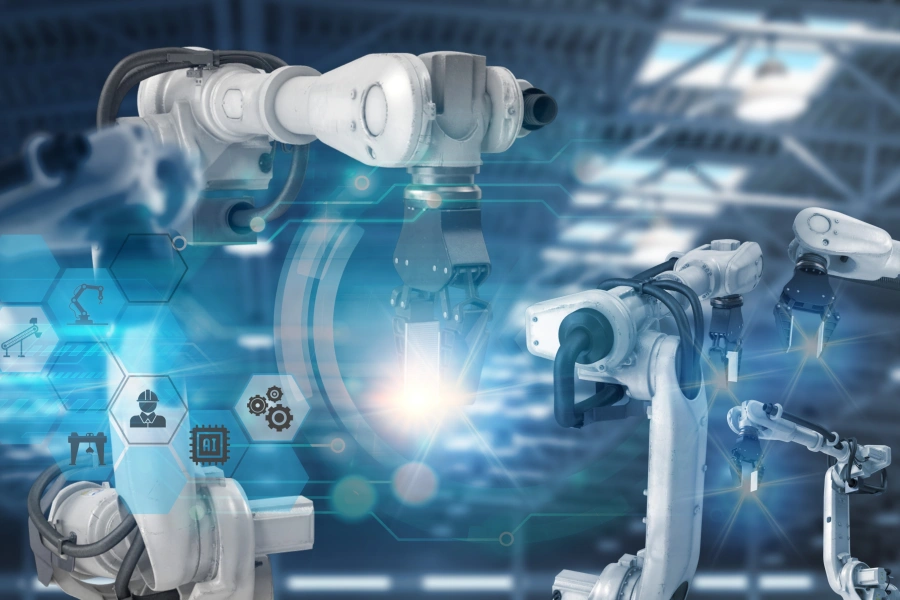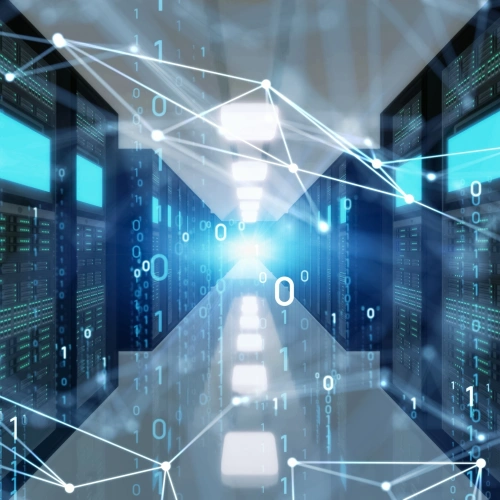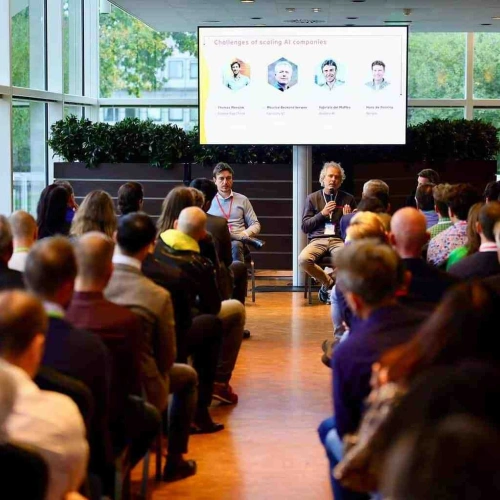This acceleration is not a luxury, but a necessity. With every new step in this evolution, the complexity of machines increases exponentially. System architects are faced with systems that are too vast to fully oversee. This is where AI comes into play: as a design assistant, as an advisor, and possibly even as a creative partner that makes connections a human cannot see.
At the Brabant Development Agency (BOM), we see this movement approaching. North Brabant has grown into a global hotspot for high-tech systems. In this region, companies like ASML, Thermo Fisher, Philips, VDL, and Vanderlande collaborate with a broad ecosystem of suppliers and knowledge institutions. From this fertile ground, BOM actively invests in startups and scale-ups in HTSM, AI, and deep tech.
The Orchestra and the Conductor
Imagine the HTSM world as an orchestra. In the past, it was a small ensemble, manageable and easy to conduct. Now it has grown into a bombastic symphony with countless sections: mechanics, optics, electronics, software, and now AI.
The system architect is the conductor, responsible for bringing all these parties together. But how do you conduct an orchestra that constantly adds new instruments and plays increasingly complex scores?
Here AI acts as a second conductor, an assistant who not only reads the score but also predicts where the music falters, suggests new harmonies, and even composes new melodies. Without this AI conductor, there is a great risk that the music will eventually stop and that other orchestras will take over North Brabant's role as a hotspot for high-tech systems.
The Orchestra that Tunes Itself
In the R&D phase, the value of AI is already visible. Generative design tools and AI-driven simulations help engineers design faster and more accurately. The orchestra gains a rehearsal partner that endlessly goes through variations, detects errors before they are heard, and provides new arrangements a human would never think of. This creates a more resilient design process.
The use of AI does not stop at design. The systems themselves also become more intelligent. Machines gain embedded AI that can make local decisions without reliance on the cloud. This means a machine can inspect itself, detect deviations, and even initiate predictive maintenance. The orchestra tunes itself, correcting the moment an instrument goes out of tune, keeping the harmony intact.
The Concert that Never Ends
The production of high-tech systems is a complex performance: high mix, low volume. New settings and configurations are constantly needed. Today, factories are still largely dependent on rigid programming. All the sheet music must be manually written out. With AI the possibility of autonomous production arises, where robots and cobots respond flexibly to variations.
Learn more

A concert ends, but a high-tech system often has to perform for decades. AI makes this possible through predictive maintenance and digital twins. Virtual replicas of systems allow engineers to try out new pieces without burdening the real instrument. This way, the concert continues, with AI as an invisible force safeguarding continuity.
Now or Never
For entrepreneurs in our region, there is no time to lose. It is now or never. If we do not embrace this AI conductor, others will. Countries like China, South Korea, or the US are expanding their orchestras at enormous speed.
If we want to maintain our position in HTSM in Brabant and the Netherlands, we must not only see AI as innovative and new technology, but also as a strategic instrument to anchor assembly, production, and innovation here.
A New Symphony
In this story, startups and entrepreneurs are soloists in the orchestra. They dare to experiment, play new arrangements, and improvise beyond the beaten path. Their creativity can translate AI into concrete applications in R&D, production, and lifecycle management. At BOM, we see it as our task to give these soloists a stage, remove barriers, and, together with established players, elevate the orchestra to a higher level.
AI is not a buzzword, but a conductor that can lead the HTSM orchestra into a new musical era. It requires vision, collaboration, and courage to play new scores. The systems we develop in the future will be so complex that we will no longer be able to design or produce them without AI. But with AI, we can create a symphony that is unique in the world, a harmony of technology, entrepreneurship, and innovation.


